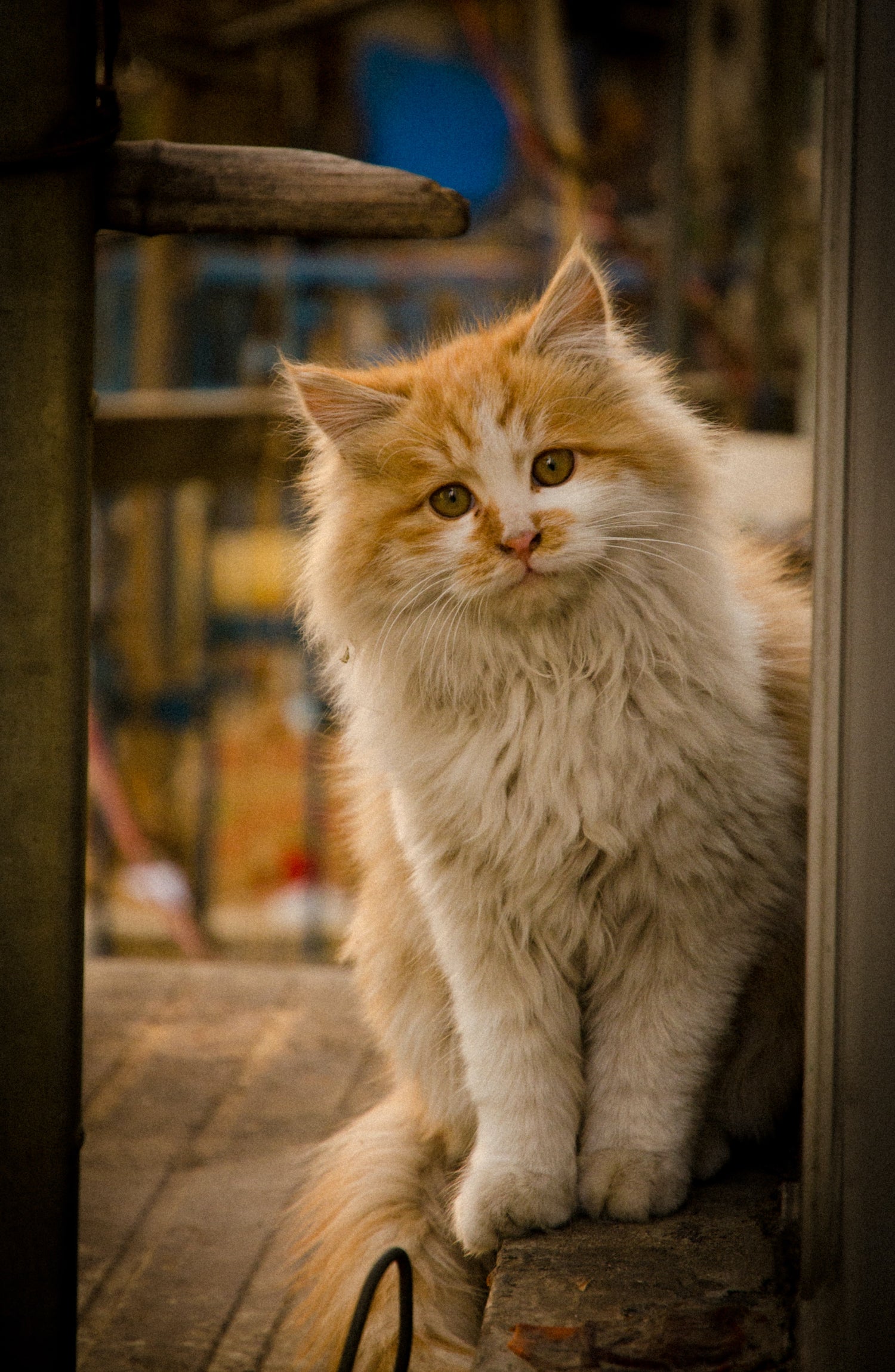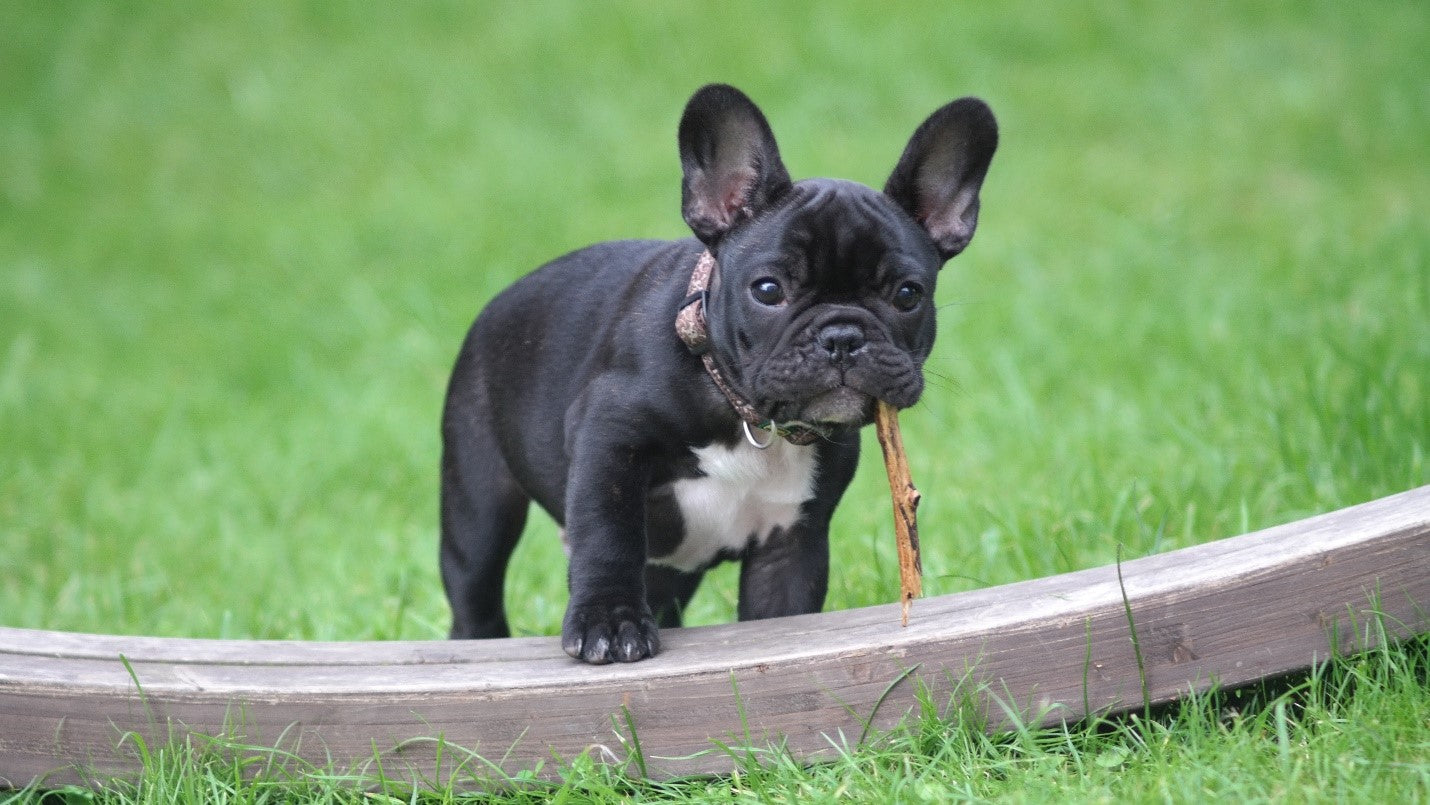Crystals in cat urine can be alarming for cat owners, but what are they and why do they form? This post will explore the different types of crystals that can be found in cat urine, their causes, and some methods for preventing them. By understanding more about crystals in cat urine, you can better care for your furry friend. Stay tuned for more information on how to deal with these annoying crystals!
What are crystals in cat urine?
Crystals in cat urine can be a cause for concern for many cat owners. But what are they and why do they form?
There are two main types of crystals that can be found in cat urine: struvite and calcium oxalate. Struvite crystals are the most common type and are generally more of a discomfort than harmful. They can sometimes indicate a urinary tract infection, but this is not always the case. Calcium oxalate crystals, on the other hand, can be more serious.
How do crystals form in cat urine?
Calcium oxalate crystals form when there is not enough hydration, infrequent urination, improper diet, or ingestion of toxins and are more likely to cause blockages in the urinary tract, which can lead to pain and even kidney damage.
The ammonia in the cat’s urine is a highly alkaline substance, and it can cause the pH of urine to become off balance. This change in pH can make the urine more concentrated resulting in difficulty for crystals to dissolve.
In most cases, crystals are harmless and will eventually dissolve on their own. However, if the crystals become too large or too numerous, they can block the urinary tract and cause an obstruction. Therefore, it is important to consult with your vet if you suspect that your kitty is experiencing trouble using the litter box or is showing signs of pain or distress.
Diets high in magnesium and phosphorus can increase the risk of struvite crystals, while diets too high in calcium can lead to calcium oxalate crystals. Additionally, dehydration can concentrate the urine and make it more likely for crystals to form.
Burmese, Himalayan, Tonkinese, Devon Rex, Siamese, and Persian cats are breeds that are known to be prone to oxalate crystals in urine. Additionally, middle aged and/or overweight male cats that fail to consume enough water, are also at risk for urinary crystals.
How do I prevent crystals in my cat’s urine?
To help prevent crystals from forming, it is important to feed your cat a diet that is high in moisture and low in minerals. Incorporating a meat rich and flavorful canned food to your cat's diet can help keep them hydrated and reduce the risk of urinary crystal formation.
Kitty fountains are another trendy way to entice your furry friend to consume more water.
What are the treatments for urine crystals?
If your cat develops crystals in its urine, there are several treatment options available. For those cat breeds who are prone or have a history of crystals, your vet may recommend additional changes to their diet, talk to your vet about whether or not making dietary and nutritional adjustments may help reduce the risk of crystal formation.
Additionally, your vet may recommend medication, or even surgery in severe cases. With proper treatment, most cats make a full recovery and go on to live happy, healthy lives.
Now that you know more about crystals in cat urine, you can be better prepared to care for your furry friend. If you have any concerns, be sure to talk to your vet right away. With the right care, your cat will be able to enjoy a long and healthy life.





